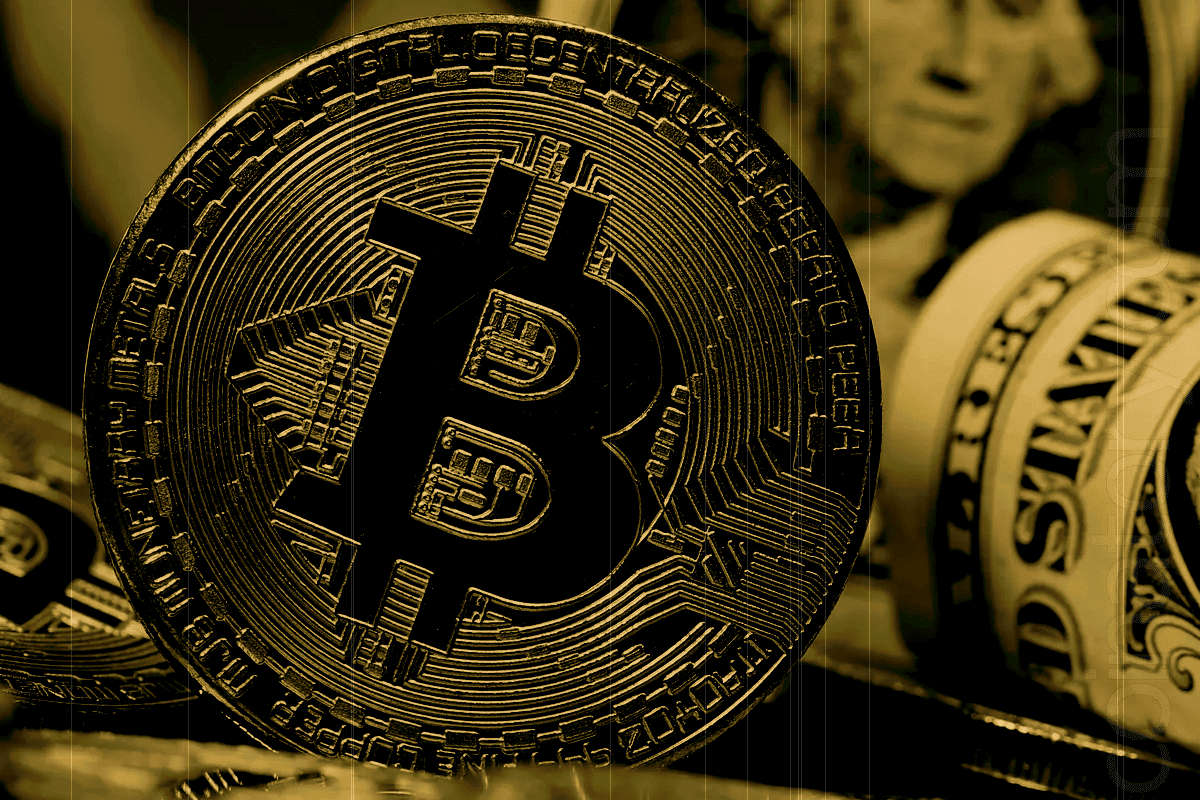
Hacks, solvency issues, fake trading and ICO scams – the road of investor confidence is only more muddy and inhospitable for crypto exchanges. Recent reports scream the need for something rugged – better suspension and wiper blades, maybe
Whether it is an Uber, a Lyft, a Bird scooter, a Segway, or a Zoomcar; when the road is new and wild, you do not want to toss your baggage and derriere into something that looks iffy. No wonder, in the TokenInsight latest report on crypto exchanges’ security, the average willingness of users to trade on stolen exchanges as well, 2.44.
Hardly a surprise, who would want to hitch a hike when the driver is clueless and clumsy.
As much as $1.6 billion worth of digital currency assets has been stolen from exchanges from 2014 to the first half of 2019, as per TokenInsight statistics. With $200 million stolen in the first half of 2019, already!
The years 2017 and 2018 together saw over ten security breaches occurring on exchanges. This was supposed to come down as time passes and the industry matures. But nah. This is the highest in nearly five years combined!
The Rocky Mountains, Wobbly Tyres
There’s more to the skid-marks. The change in security incidents over time have been on the heels of a similar growth trend to market volatility and the price of crypto-currencies. Note that the maximum amount of funds stolen occurred at the end of the bull market. And from 2014 and 2018, crypto-currency exchanges had the most substantial amount of funds stolen.
What is helpful, and worrisome, as seen tucked beneath these break-ins is the role that exchanges play, or don’t. About 88 per cent of the security incidents in recent years can be easily pinned down upon the shoulders of exchange platforms. User concerns about exchange security also include factors like exchange API, internal management experience, phishing websites, vulnerability detection, website stability.
Let us see what we find if we comb through statistical analysis on security incidents done by TokenInsight – seen from June 2016 to June 2019, including, but not limited to, trading anomalies caused by hacker attacks, fund theft, and system problems caused by internal or external factors.
Among the incidents seen from Top 40 exchanges, 60 per cent will be attributable to the exchanges themselves, and 40 per cent to phishing website attacks and improper information handling of users
What does that tell about an exchange’s sturdiness and caffeine-kettles? A lot. But there’s more to this broken glass pane.
What’s in the Trunk, Fella?
Have a gander at the Blockchain Transparency Institute (BTI) April report. It unravelled 17 of the CMC Top 25 exchanges to be over 99 per cent fake with many greater than 99.5 per cent fake volumes, including 35 of the top 50 adjusted volume rankings. Not only that, over 60 per cent of all exchanges ranked on popular data sites showed little to no volume – and these were found to be over 96 per cent fake each.
Tactics range from – using twitter followers and likes, filling up fake order books, mirror wash trading the largest exchanges with real volume to trying to disguise their wash trading using various bot settings to not affect the price – as BTI figured out. When it dug into many of these exchanges with 99 per cent+ fake volumes, it also noted that many share the same trading engine and design.
In other words, on its list of the top 40 largest exchanges with actual volume, Bitcoin’s volume was ascertained to be about 65 per cent fabricated!
This echoes in strange patterns that another set of researchers gathered up in their shovels too. Matthew Hougan, Hong Kim, and Micah Lerner from Bitwise Asset Management in May 24, 2019, pointed out in the report ‘Economic and Non-Economic Trading In Bitcoin: Exploring the Real Spot Market For The World’s First Digital Commodity’ that roughly 95 per cent of reported trading volume in bitcoin is fake or non-economic in nature. They also showed why fake volume does not influence price discovery in the real bitcoin spot market. The real spot market for bitcoin is significantly smaller, more regulated, and more efficient than commonly understood, as this report argued. They underlined strongly that ‘a digital commodity, bitcoin’s spot trading market should be among the most orderly and efficient in the world.’
Look at another report, the March 2019 one by TheTie, a crypto trading tool and data platform and you will see that it, too, indicated that 87 per cent of reported crypto trading volume was fake.
So if everything is so sketchy and flimsy, is all hope lost on exchanges?
More Muscle, Less Gloss
Turns out that it is the largest exchanges and most popular exchanges that have emergency mechanisms established. Like emergency funds, insurance, real-time alert detection etc. Also aside from internal improvements on internal security mechanisms, crypto exchanges have also enhanced security measures with the help of external third-party service providers, as TokenInsight discovered in its latest report.
There is no denying that security incidents and loss of funds surrounding exchanges have frequently occurred in various scales but as cryptocurrency exchanges pay more attention to security issues and invest more into their internal systems, the overall problem has become increasingly more mature.
What is intriguing here is that, in general, users believe that both the largest exchanges and emerging rising exchanges with significant accurate trading volumes are safer. Also, industry users currently have a high sense of trust with the largest exchanges.
What could explain this preference for a bigger vehicle than a swanky, fast car? A SUV instead of a Beemer or a Beetle? Analyst Bingyao Song from TokenInsight observes that the basics of large-scale exchanges are high-quality assets. “The liquidity, trading depth and security of exchanges are better than those of small exchanges. For example, the investor protection fund established after the theft of Binance can not only regain the partial trust of users but also demonstrate the strength of the exchange itself.”
Yes, users are curious to know if, after a security incident occurs, an exchange will directly declare bankruptcy for failure to pay off debts to users or compensate users’ funds? That explains why investor protection fund and Insurance clauses have started showing up. But the proportion is still low, as only eight of the TOP40 exchanges were found to have such mechanisms in place when TokenInsight studied the risk compensation mechanisms of exchanges for users.
Users are telling a lot to exchanges and giving new chances to pull up their socks and ground-clearance. TokenInsight’s survey reveals that in terms of technology, users have a high degree of recognition for ‘the strength of an exchange’s development and technical team, which guarantees the security of the exchange’, with an average score of 4.29.
The higher the disclosure of the strength of an exchange’s technical team, the more confident users are in the security of the exchange
Look again at the parking spot
Experts have also put emphasis on other efforts like self-regulation via revenue reporting, evidence of reserves, custodial protocols, algorithmic tools and ways to spot inconsistencies between metrics like website traffic and reported volumes.
May be larger exchanges have better pockets, time-strengths and wheels to get going on this tougher pit-stop that would fix deep and not just air-blow nuts on a moving car. It’s a good sign and a hope it does not peter out.
Trust is the brawn that the industry and users need desperately as we move forward. If big jeeps that hold their grip on a tough road can do it better, so be it. Just don’t sputter midway.







